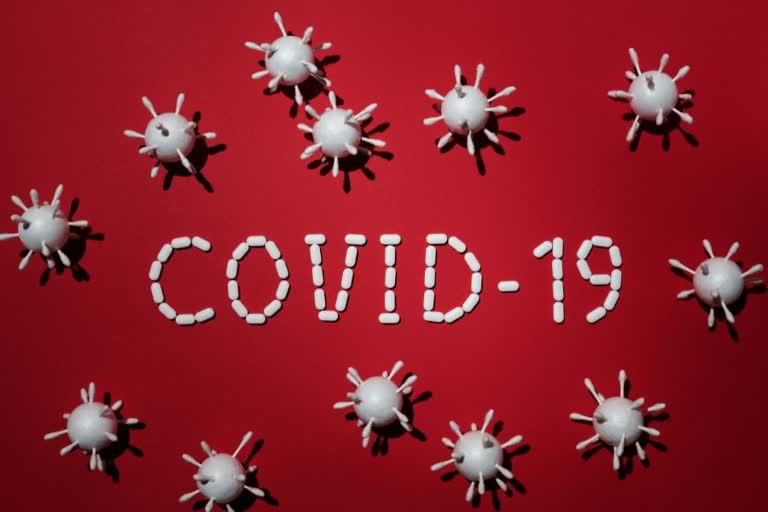The yet to be peer-reviewed study regarding how the COVID virus loses its ability in air is the first to explore how the virus survives in exhaled air, and emphasizes the importance of maintaining physical distancing and mask-wearing, the Guardian reported. Ventilation, though still worthwhile, is likely to have a lesser impact.
"People have been focused on poorly ventilated spaces and thinking about airborne transmission over meters or across a room. I'm not saying that doesn't happen, but I still think the greatest risk of exposure is when you're close to someone," Prof Jonathan Reid, director of the University of Bristol's Aerosol Research Centre and the study's lead author, was quoted as saying.
"When you move further away, not only is the aerosol diluted down, there's also less infectious virus because the virus has lost infectivity (as a result of time)," he added. For the study, researchers from the University of Bristol developed an apparatus that allowed them to generate any number of tiny, virus-containing particles and gently levitate them between two electric rings for anywhere between five seconds to 20 minutes, while tightly controlling the temperature, humidity and UV light intensity of their surroundings, the report said.
They found that the viral particles start to rapidly lose water and dry out when they exit the relatively moist and carbon dioxide-rich conditions of the lungs. The transition to lower levels of CO2 is associated with a rapid increase in pH - factors that disrupt the virus's ability to infect human cells. However, the speed at which the particles dry out varies according to the relative humidity of the surrounding air, the report said.
When this was lower than 50 percent - similar to the relatively dry air found in many offices - the virus had lost around half of its infectivity within five seconds, after which the decline was slower and more steady, with a further 19 percent loss over the next five minutes.
